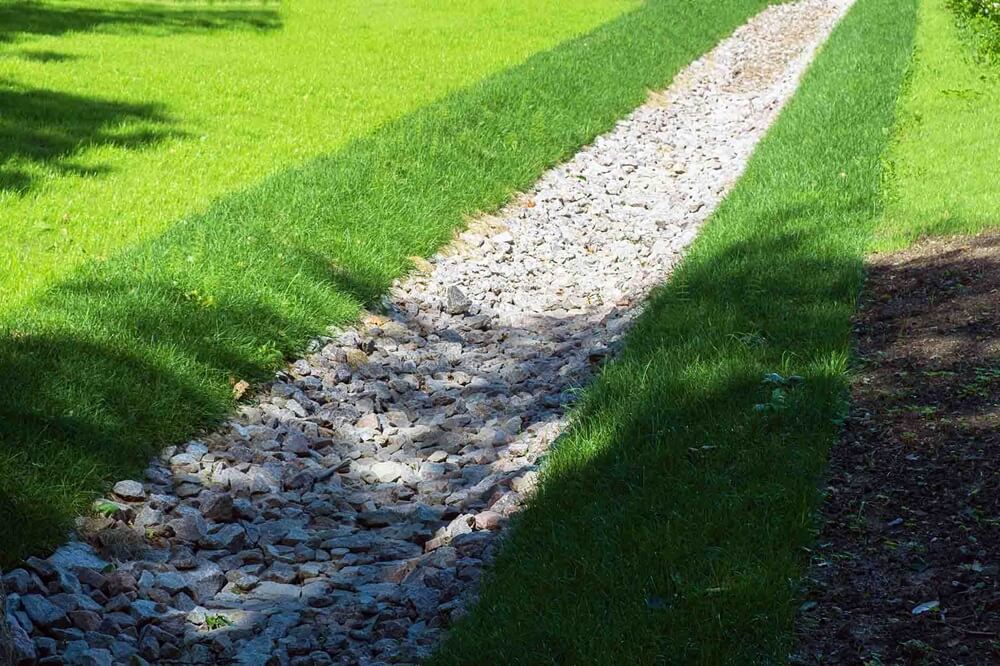 Ensuring that your retaining walls have proper drainage systems is one of the most important aspects of retaining wall design and maintenance. By failing to consider drainage, you risk your retaining walls buckling or warping under the weight and pressure that is likely to build up behind them over time. In this post, we take a closer look at some of the different types of common retaining wall drainage systems to help you choose the one that is most suitable for you.
Ensuring that your retaining walls have proper drainage systems is one of the most important aspects of retaining wall design and maintenance. By failing to consider drainage, you risk your retaining walls buckling or warping under the weight and pressure that is likely to build up behind them over time. In this post, we take a closer look at some of the different types of common retaining wall drainage systems to help you choose the one that is most suitable for you.
The Importance of Proper Drainage
Because of their design, retaining walls are susceptible to pressure build-ups. They help to hold a certain amount of soil back to create a raised terrace. However, in a climate that experiences significant rainfall, the soil behind a retaining wall can often become waterlogged over time if the water is trapped with nowhere to go. This can result in potential damage to the retaining wall.
Different Types of Drainage Solutions
Drainage systems that are built into retaining walls can help to allow the water that is trapped in the soil to escape. Some of the more popular types of retaining wall drainage solutions include:
French Drains
French drains consist of a pipe at the base of the retaining wall that is surrounded by gravel or rock. Larger retaining walls may have multiple drains spread across the length of the wall. This design enables the water trapped in the soil to pool together and flow out of the pipe. However, this design can be conspicuous and may not be ideal for homeowners who want their retaining walls to have a cleaner look.
Weep Holes
Weep holes are a much more discreet drainage solution for retaining walls than French drains. They are small holes or gaps purposely left in the structure of the retaining wall to allow water to seep out. Weep holes can often be found along the base of the retaining wall and may be covered by a permeable fabric layer to prevent soil from escaping through them.
Surface Drainage
An alternative drainage solution is surface drainage, which focuses on diverting rainwater away from the retaining walls at the surface level. They may take the form of trenches, swales or channels that can be incorporated into the landscape. This reduces the likelihood of the soil held back by the retaining wall becoming waterlogged.
Build Your Steel Retaining Walls with RW Steel
If you’re looking to upgrade your yard or landscape with a retaining wall, steel is one of the best materials you can use because of its longevity and durability. RW Steel is the number one supplier of retaining wall building materials, including steel retaining wall posts and galvanised steel posts. If you want to find out more, leave us a message today, and a member of our team will be happy to answer any questions you might have!
Image Source: Brothers Lawn Service & Landscaping